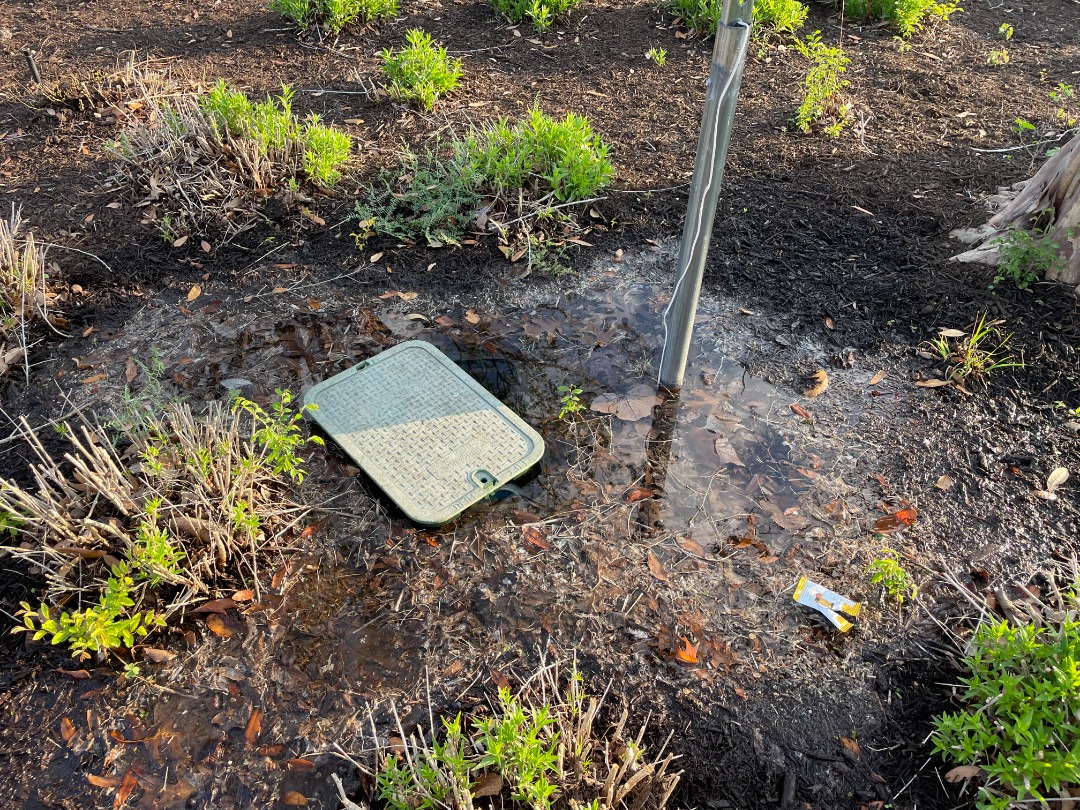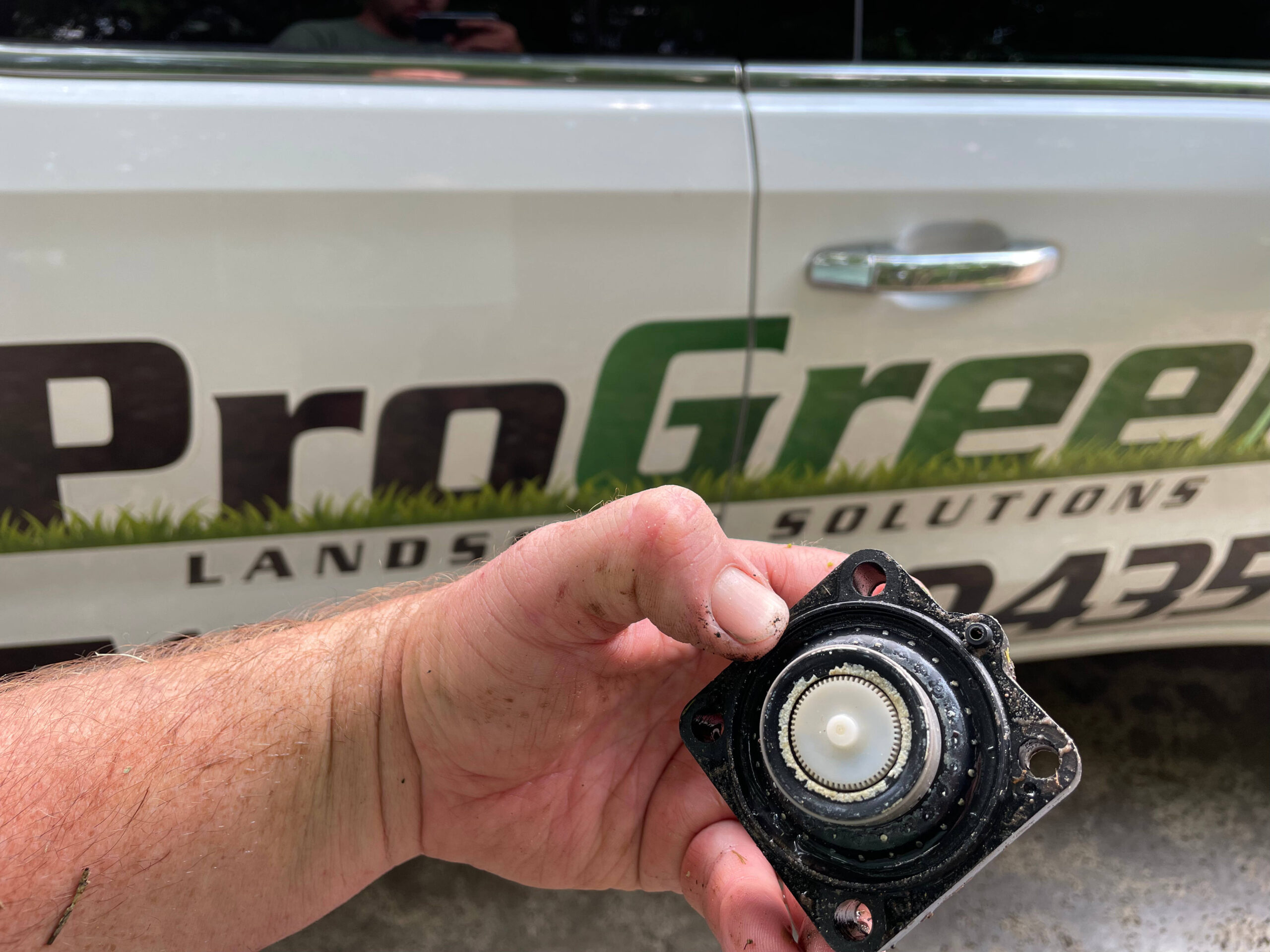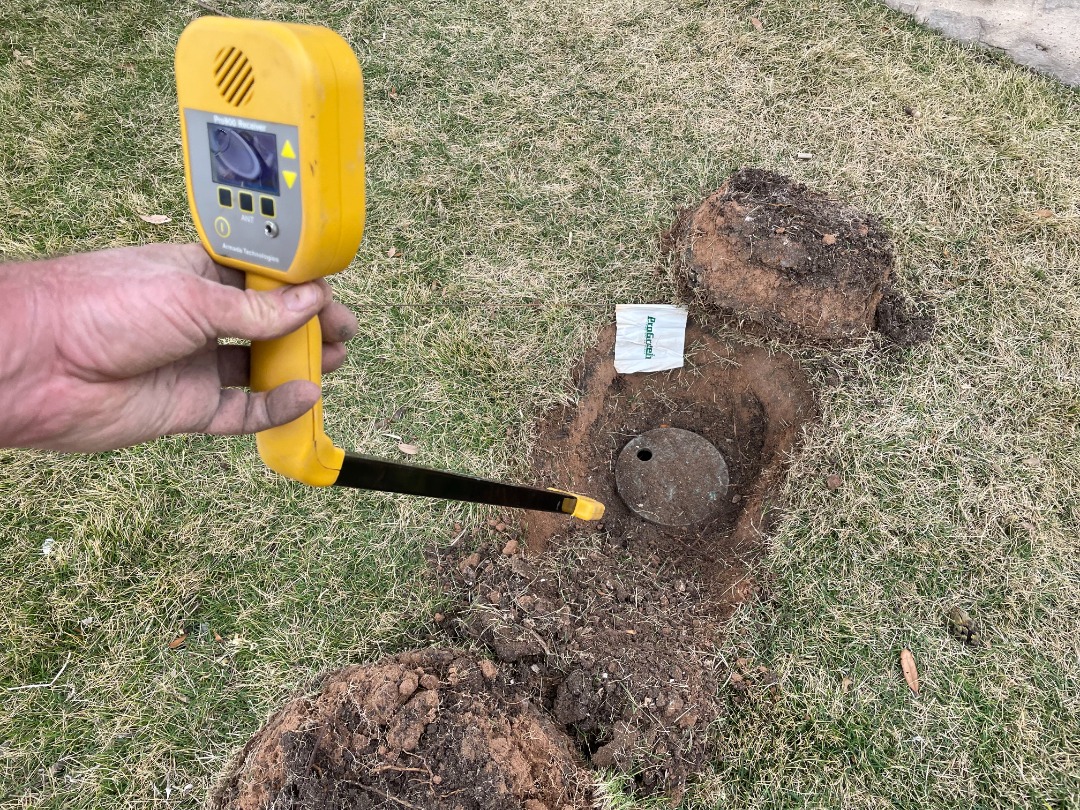Smart Irrigation Repair For Stress-Free Lawn Care
Introduction: When an irrigation system gives out, it rarely happens on a free weekend. Lines crack, valves stick, and sprinklers sputter out of control when your life is already full. This guide simplifies the process of getting water where it should go, without guesswork or gimmicks, ensuring your lawn stays healthy and the weekend schedule remains intact.
Irrigation Repair Diagnostics That Actually Fix The Root Cause
Irrigation Specialist Perspective: Finding The Failure Before Fixing It
Good irrigation repair starts with slow, careful observation. An irrigation specialist will run zones one by one, watch pressure changes at the backflow, and listen for the hiss of a hidden leak. Those little clues matter. A dry patch near a walkway can be a pinhole in a lateral, yet a soggy corner might be a low head that drains out after every cycle. The difference between those two is not subtle once it is seen up close.
Meters and tools help, but pattern reading is the skill that saves time. If rotors are underperforming on only one zone, the voltage to a specific solenoid might be weak. If sprays mist in the air, pressure is likely too high or a nozzle is mismatched. It is tempting to start swapping parts, yet precision beats speed. A diagnostic pass for a patient prevents paying twice for the same fix and keeps the repair focused on the source instead of the symptom.
Sprinkler Symptoms: What They Reveal About The Problem
Sprinkler heads tell stories. A head that sits below grade and spits dirt after running is usually pulling in soil because the wiper seal is worn. A head that never retracts often has a cracked riser or a pebble lodged in the body. Even overspray onto a fence can be a clue, showing that a nozzle angle shifted after a mower clipped the cap. None of this is dramatic, but every detail points toward a clean, targeted repair.
Water patterns matter too. Fogging from sprays indicates that pressure reduction or a nozzle change is necessary. Crescent-shaped green arcs in turf suggest head spacing that no longer achieves head-to-head coverage. When one sprinkler runs while the next barely moves, lateral line restrictions or a kinked swing joint can be at fault. Reading these signs makes irrigation repair faster, cheaper, and frankly less frustrating for everyone involved.

Irrigation Repair For Mid-Season Setbacks In October
Irrigation Specialist Checklist: Controllers, Valves, And Wiring
October weather in Austin, Round Rock & Cedar Park, TX often brings cooler temperatures and a different set of clues. Controller schedules can get stuck in summer, causing runtime to drift longer than the lawn needs. A quick audit by an irrigation specialist can reset seasonal programs, verify sensor functionality, and confirm start times that do not overlap. It sounds simple. It is simple. It also prevents needless strain on valves and keeps zones from starving each other.
Valves deserve a closer look in the fall. Mineral buildup makes bonnets stubborn, diaphragms lose their snap, and flow controls drift. A careful teardown, a new diaphragm, and fresh screws often restore consistent opening and closing. When zones fail to respond, the culprit can be a frayed common wire at a splice, not the valve itself. Testing continuity with a multimeter and cleaning up waterproof connectors turns a “mystery malfunction” into a clean repair with a clear end.
Sprinkler Head Height And Coverage: Small Tweaks, Big Payoffs
As grass thickens during cooler months, sprinkler heads can get buried. A headset too low breaks the spray pattern, leaving uneven coverage and persistent brown seams. Raising the body with a new cut of swing pipe, leveling the surface, and setting the arc back to its proper sweep restores the designed precipitation rate. It feels like a tiny change. The results look anything but tiny once the lawn starts growing evenly again.
Coverage corrections matter around hard edges. If sprays are splashing pavement, switching to a nozzle with a matched precipitation rate pattern tightens the throw back to the turf. When rotor spacing is off, adding an appropriate nozzle size on the weak side can balance distribution without creating runoff. These refinements keep water where it belongs and reduce puddles that erode soil along curbs or stone borders. Clean edges, less waste, healthier plants.

Irrigation Repair Planning That Protects Your Investment
Talk To An Irrigation Specialist About Preventing Repeat Failures
A good repair ends the problem; a great repair also prevents the encore. That means documenting what failed, why it failed, and what can be done to avoid its return. An irrigation specialist who notes recurring wire shorts near a downspout will reroute the splice above grade in a protected box. A specialist who keeps replacing the same chewed lateral will recommend rodent-resistant sleeving along that small stretch. Thoughtful fixes reduce those late-night surprises.
Water pressure should always be part of the conversation. Excessive pressure causes misting and tears seals. Low pressure starves rotors and turns arcs into dribbles. Installing pressure regulation within existing components, such as regulated spray bodies or a valve with built-in regulation, is a repair-level improvement that pays for itself in water savings and longer nozzle life. It is not flashy. It is extremely effective, and it keeps the system mellow and predictable.
Sprinkler Parts Worth Repairing Versus Swapping Out
Some parts respond beautifully to a rebuild. Valve diaphragms, solenoids, and bonnet seals can be refreshed without replacing the entire body, especially when the manifold is tight in a shrub bed. Other times, the kind move is to swap the head because the body threads are split or the stem is scored. Both choices are repair choices, chosen for practicality and longevity rather than novelty.
Nozzles are inexpensive and can reshape coverage in minutes, so they are often the first thing adjusted during irrigation repair. Worn wiper seals, on the other hand, turn into chronic leaks around heads, which waste water every single cycle until addressed. Replacing that seal, raising the head to grade, and setting the arc reduces hidden loss that never appears on a quick walk-through. Small parts, smart choices, better results that last.

Conclusion
October is a sweet spot for tackling irrigation repair, because cooler days give lawns room to recover and watering windows open up again. If time keeps slipping and those little leaks keep nagging, Progreen Landscape Solutions makes the process simple and honest. From quiet valve rebuilds to stubborn sprinkler fixes, the team focuses on practical repairs that protect the landscape without turning life upside down. Contact us to schedule service, request an assessment, or just ask a quick question, and a friendly expert will follow up to help.
SERVICE AREAS

"*" indicates required fields
Contact Your Local Experts
Pro Green Landscape Solutions is currently accepting new clients! If you're seeking excellence, you're in the right place. We want to understand your needs, so when reaching out, please include detailed information to ensure we can assist you promptly. Don't forget to mention a preferred contact time that suits you best.
Thank you for considering us. We eagerly await the opportunity to serve you and to make a positive impact.

"*" indicates required fields

